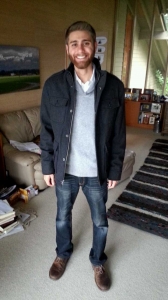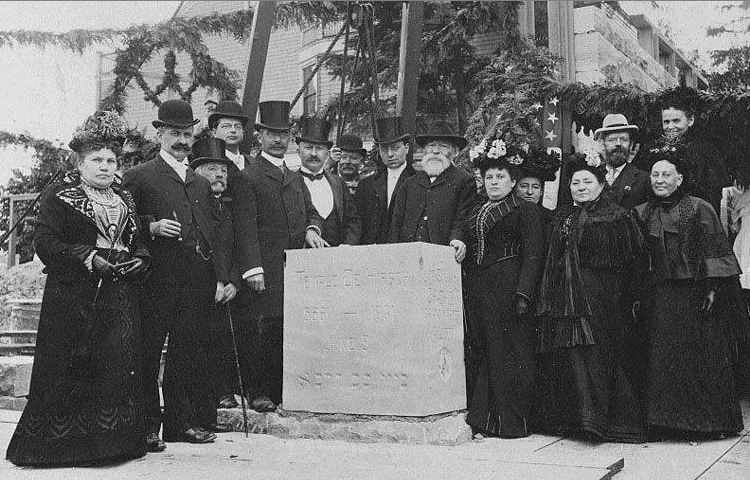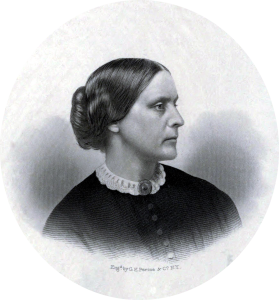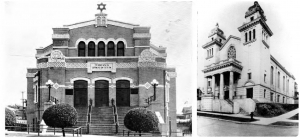There are six women in the photo (above) of the cornerstone-laying for the new Temple De Hirsch Building in 1901, and that is shocking. While in today’s world the presence of women in founding efforts is unremarkable, this photo was taken amidst fierce struggles for women’s rights. My project will address how this struggle affected the synagogue, focusing specifically on comparing and contrasting the role of women in two of Seattle’s oldest synagogues: The Orthodox “Bikur Cholim Machzikay Hadath” (BCMH) and the Reform Temple De Hirsch. In my research I will be seeking to answer the question of whether women were looked upon or treated differently in these two organizations. In doing so I will be delve into possible societal and religious explanations for the distinctions. Basically, I believe that the differences between Reform and Orthodox institutions in early Seattle reflect the active process of balancing Jewish religiosity with the struggle to integrate into the American system. We’ll explore this thesis in depth on other pages of my site.
Any investigation of women’s roles in a particular institution must first address the broader societal role of women at the time. As such, our journey formally begins in 1854 when Washington nearly became the first state to grant women suffrage. The proposal was ultimately defeated by a single vote, according to the Secretary of Washington State’s website. However, coming within one vote for women’s suffrage so early in the movement shows a very progressive stance in Washington State. The Women of The West Museum further details how women’s suffrage became a prominent issue 1871, when Susan B. Anthony and Abigail Scott Duniway launched a 2,000-mile suffrage crusade through Washington and Oregon. The Washington Women’s Suffrage Association was born that same year. Amidst this struggle for voting rights, in 1891 a small Jewish Aid organization was formed. This organization, Chevrah Bikur Cholim, (which would later become Bikur Cholim Machzikay Hadath) was originally set up to provide aid to Jewish families in need. Nine years later in 1900, it would amend its charter to formally become a synagogue. Just before BCMH became something more than a charitable organization, Temple De Hirsch was founded in 1899. In 1910, a full ten years before the 19th amendment federally mandated women’s voting rights, the Washington State constitution was amended to permanently grant women suffrage (Washington State Historical Society). While women toiled for equal rights, the two Jewish congregations saw growth and success. Temple De Hirsch moved to a new synagogue building in 1908, and in 1915 BCMH dedicated a grand synagogue built specifically to house the flourishing congregation.
The crusade for suffrage raises many questions to Jewish institutions: How do we respond to this push towards suffrage and equal rights? Should we resist the forces of americanization by purposely separating genders, thereby asserting our difference as Jews? How would we go about including women in the congregation? There are jewish laws to navigate, and a host of issues to resolve. To see how these two institutions reacted to this push towards gender equality, visit the other pages of my site where we analyze founding documents of the synagogues to reveal their stance towards women.
Timeline of events
About the Author:
 Danny Medved is a junior at the University of Washington and is pursuing a degree in Communications. As a practicing Orthodox Jew, Danny was particularly interested in doing research on BCMH, an institution many of his friends grew up attending. He plans to work in media (preferably on television) after graduating in 2015.
Danny Medved is a junior at the University of Washington and is pursuing a degree in Communications. As a practicing Orthodox Jew, Danny was particularly interested in doing research on BCMH, an institution many of his friends grew up attending. He plans to work in media (preferably on television) after graduating in 2015.


